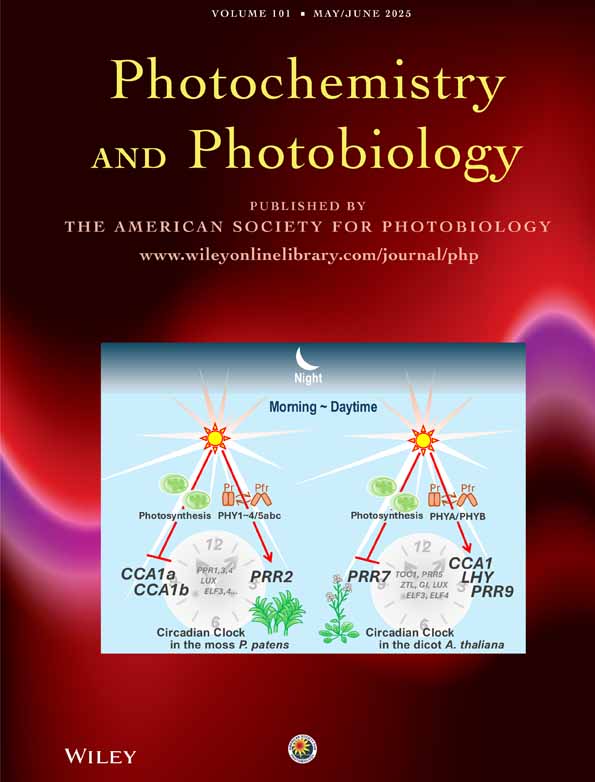Spectral Irradiance in Pond Water: Influence of Water Chemistry
Abstract
Knowing the depth of UV penetration in ponds and the chemical variables that control underwater spectral irradiance is a prerequisite to predicting the influence of UV on amphibians and other pond organisms. The present study found that over 99% of UVB (280–315 nm) radiation was attenuated in the top 10–20 cm of ponds sampled on the edge of the Canadian Shield near Peterborough, Ontario. While the principal attenuating substance was, as in lakes, dissolved organic carbon (DOC), neither DOC nor DOC fluorescence were useful predictors of the attenuation coefficients other than the observation that all values of DOC were high and all attenuation coefficients were also high. The lack of a reliable relationship between DOC and attenuation resulted from differences throughout the season in the fraction of the DOC capable of absorbing radiation (chromophores) and the fraction capable of fluorescing (fluorophores). Attenuation was higher than predicted from DOC during springtime when amphibians lay their eggs. Absorbance coefficients measured using a spectrophotometer proved to be reliable predictors of both UVB and UVA attenuation coefficients measured in the ponds with a spectro-radiometer. While DOC provides an effective sun screen against the direct damage of UV radiation, the high attenuation means that the photochemical activity spread over at least 15 m in the ocean is confined to only a few centimeters in ponds.




